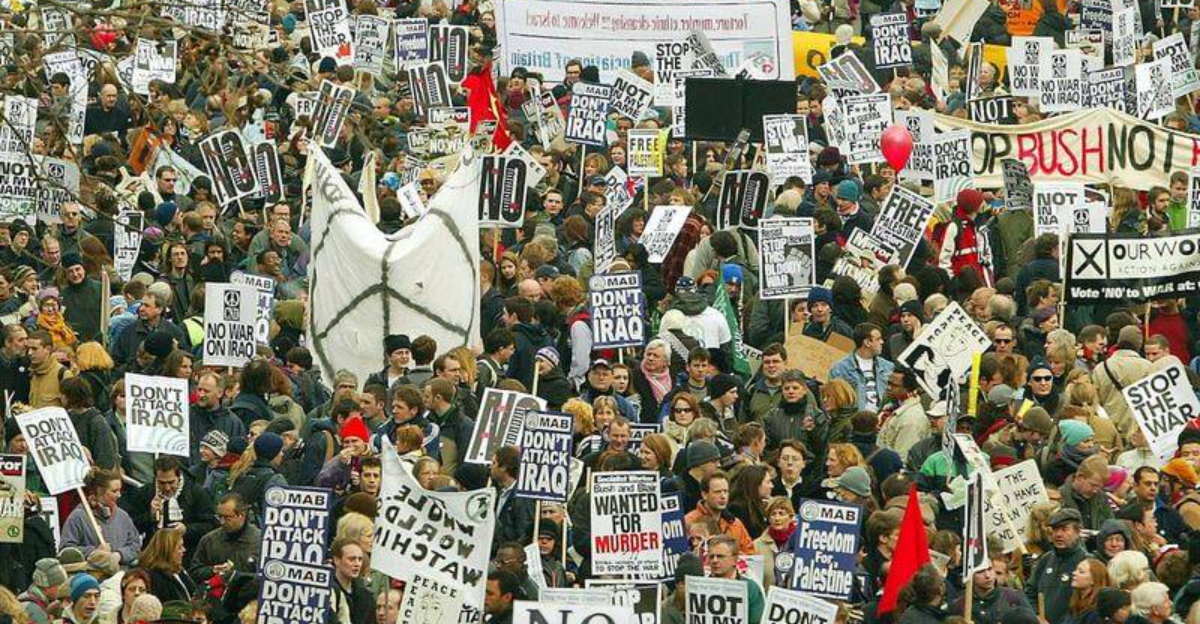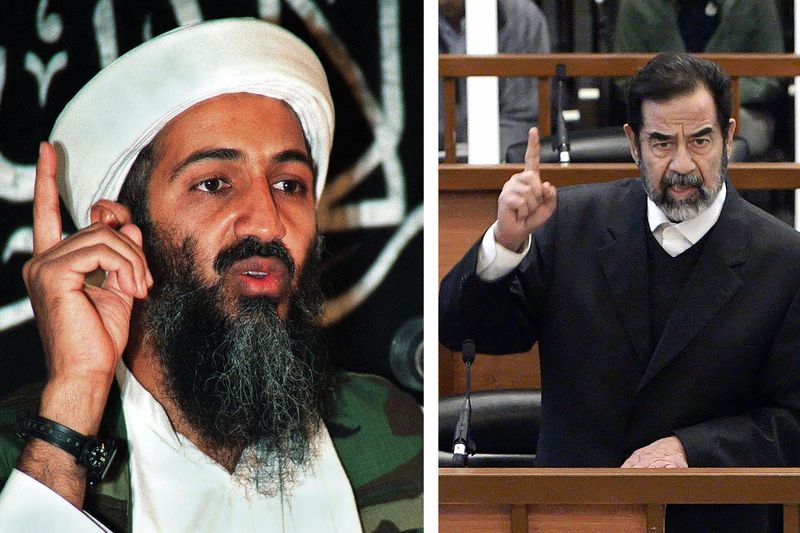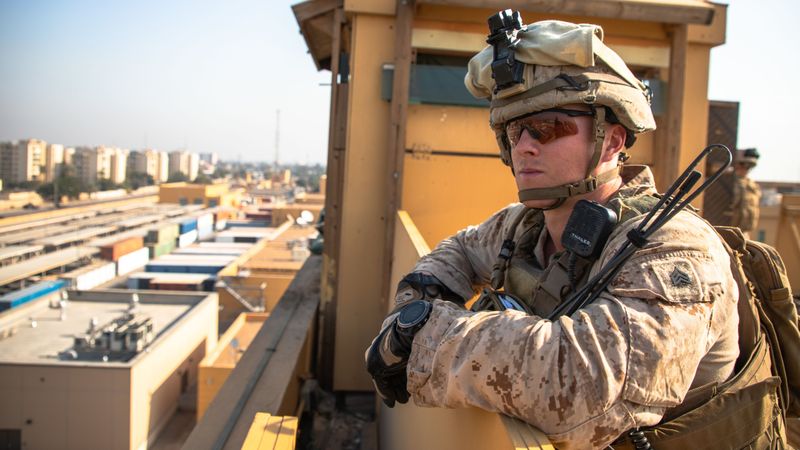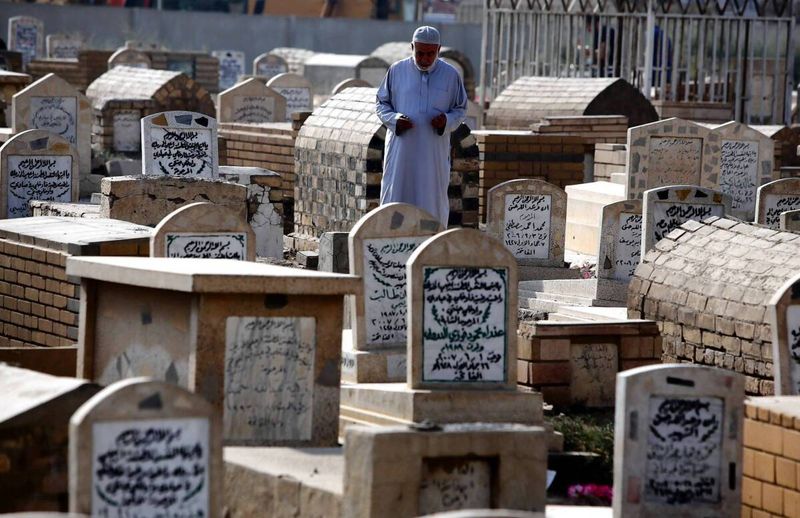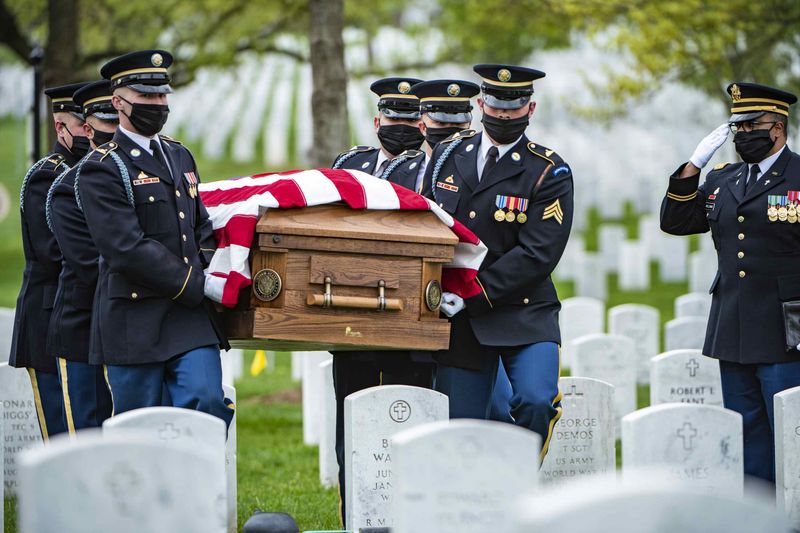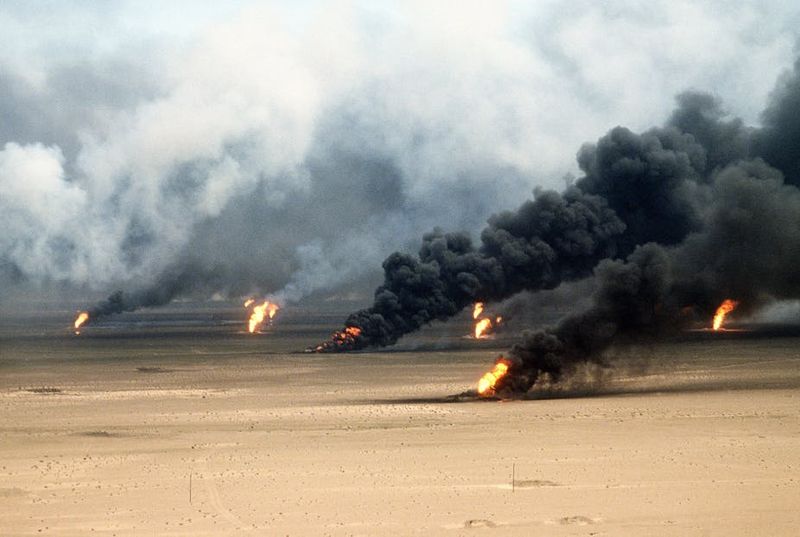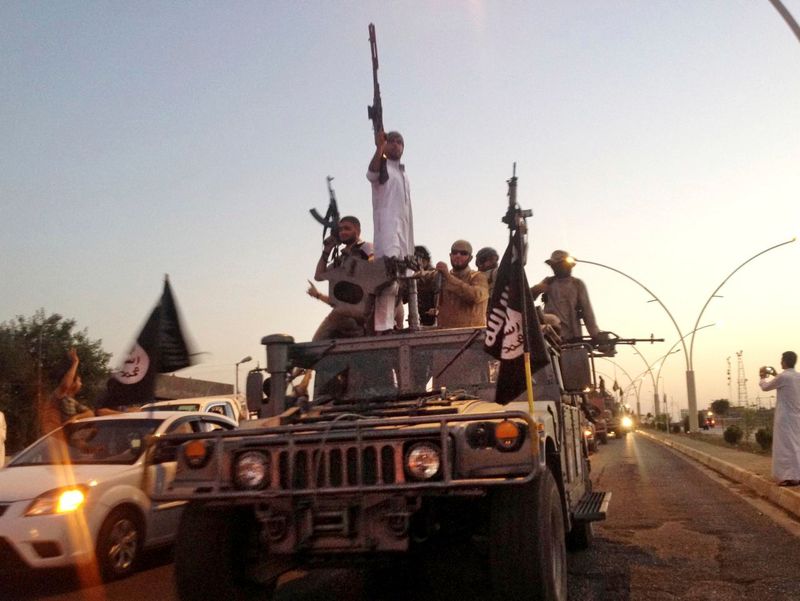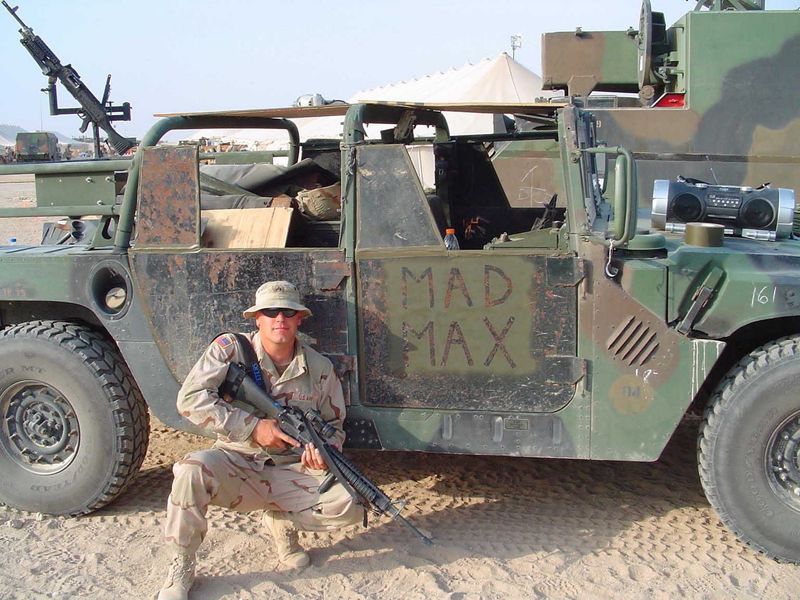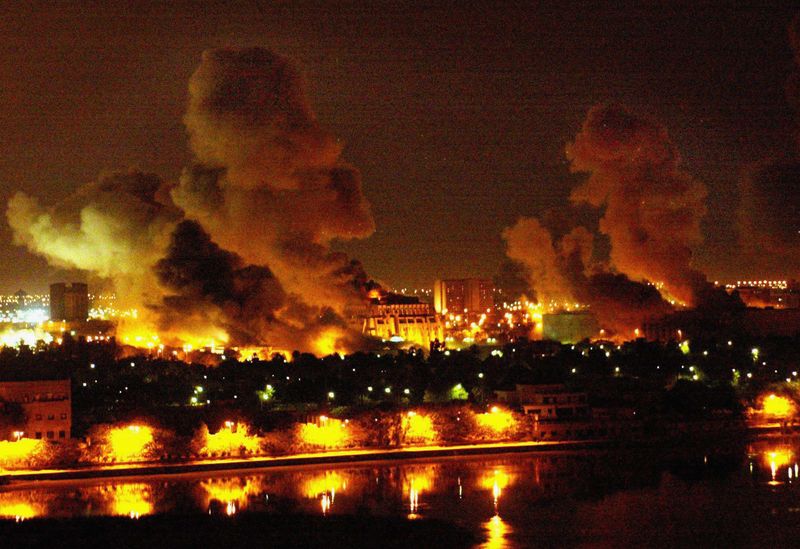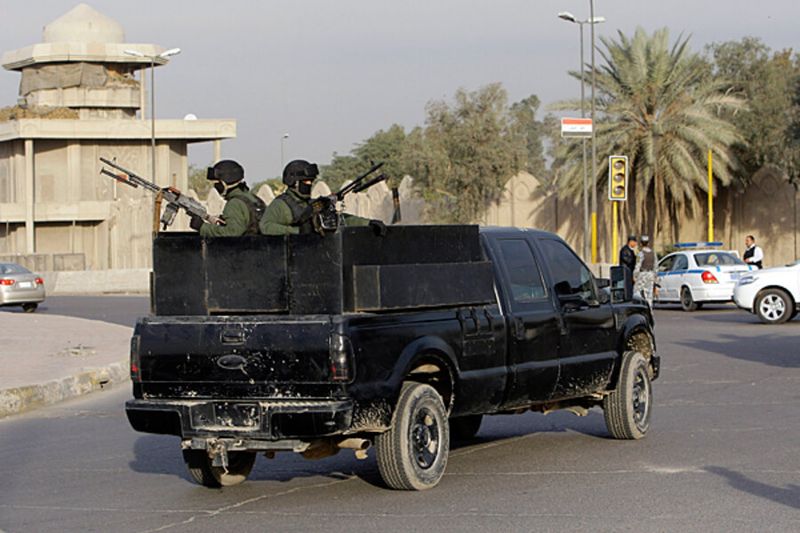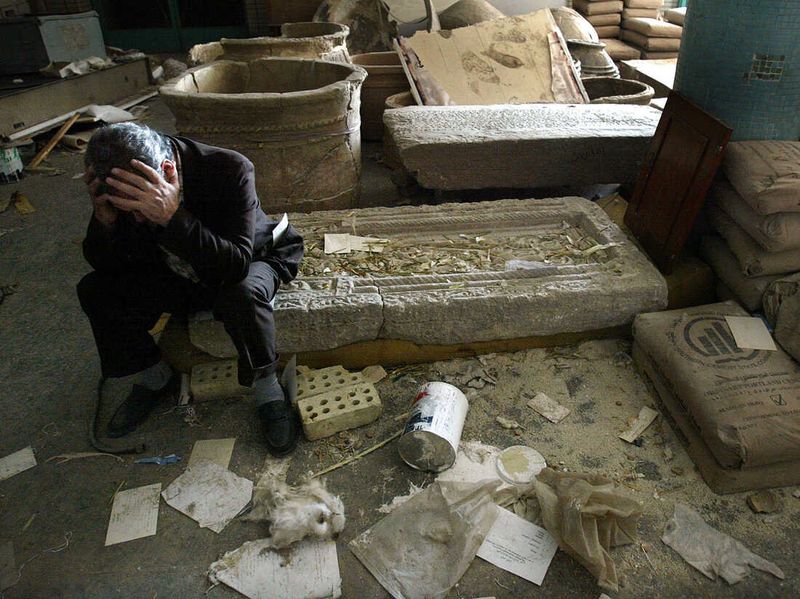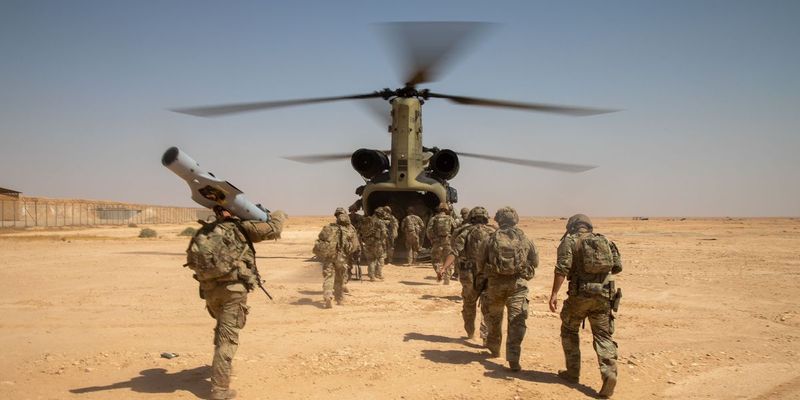The Iraq War shaped American foreign policy for decades, yet many citizens remain unaware of its most troubling aspects.
From 2003 to 2011, this conflict altered global politics, devastated a nation, and left lasting scars on everyone involved.
What follows are fifteen startling realities about the Iraq War that rarely make it into mainstream discussions or history books.
1. No Weapons of Mass Destruction Were Ever Found
The entire foundation for America’s invasion crumbled when extensive searches yielded zero weapons of mass destruction. Military teams scoured the country for months, investigating hundreds of suspected sites, only to come up empty-handed. Former President Bush eventually acknowledged this failure in 2005, though he defended the decision to invade based on intelligence available at the time. Many Americans still don’t realize that the primary justification for a war that cost trillions and thousands of lives was completely unfounded. This revelation forever changed how many viewed government claims about national security threats.
2. Iraq Had No Connection to 9/11
Despite 70% of Americans believing otherwise in 2003, no evidence ever linked Saddam Hussein to the September 11th attacks. This misconception stemmed from careful government messaging that repeatedly mentioned Iraq and terrorism in the same breath. The 9/11 Commission Report definitively stated there was “no credible evidence” connecting Iraq to al-Qaeda’s attacks. Yet the administration’s rhetoric successfully created this association in the public mind. Even years after these claims were debunked, polls showed many Americans still believed this false connection existed, demonstrating how powerful initial narratives can be.
3. The War’s True Cost Exceeded $2 Trillion
When politicians initially sold the Iraq War to Americans, they estimated costs around $50-60 billion. The actual price tag? A staggering $2+ trillion when accounting for long-term expenses. This figure includes direct military operations ($800+ billion), veterans’ medical care ($490 billion), interest on war borrowing ($615 billion), and other related costs. What’s truly shocking is that Americans will continue paying for this war for decades through veterans’ benefits and interest payments. Meanwhile, domestic infrastructure, education, and healthcare programs faced repeated budget cuts during this same period.
4. Over 100,000 Iraqi Civilians Lost Their Lives
While American military casualties received significant media coverage, Iraqi civilian deaths often became mere statistics. Conservative estimates place civilian casualties at 100,000, but some studies suggest numbers exceeding 650,000. Families were decimated by airstrikes, checkpoint shootings, sectarian violence, and infrastructure collapse. The destruction of hospitals, water treatment facilities, and power plants created deadly conditions that continued claiming lives long after combat operations ended. Most Americans never saw the human toll captured in photos too graphic for mainstream media—children maimed by cluster bombs, families buried under rubble, entire neighborhoods reduced to dust.
5. More Than 4,400 U.S. Service Members Died
The human cost of the Iraq War included 4,431 American service members who never returned home. Their average age was just 26, with many barely out of high school when deployed. Beyond these fatalities, over 31,000 troops were wounded in action—many suffering life-altering injuries including amputations, traumatic brain injuries, and severe burns. Military suicides connected to the conflict have claimed thousands more lives in the years since. The Pentagon initially banned photographs of flag-draped coffins returning to Dover Air Force Base, limiting public awareness of the war’s growing death toll.
6. Depleted Uranium Ammunition Left Lasting Damage
American forces fired approximately 300 tons of depleted uranium munitions during the Iraq War. These radioactive weapons effectively penetrated armor but left behind dangerous dust that contaminated soil, water, and air. Fallujah, where heavy fighting occurred, later reported alarming increases in birth defects, childhood cancers, and leukemia. Studies found uranium levels in children’s hair and soil samples far exceeding normal ranges. Military personnel who handled these weapons or worked near strike zones have reported unusual health problems, though the Pentagon has historically downplayed connections between depleted uranium and long-term health effects.
7. The Power Vacuum Created ISIS
Former Iraqi military officers, suddenly unemployed after America dissolved their army, formed the backbone of what became ISIS. The de-Baathification policy instantly created 400,000 angry, armed, unemployed men with military training. American detention facilities like Camp Bucca inadvertently served as terrorist networking and recruitment centers. Future ISIS leader Abu Bakr al-Baghdadi met many of his lieutenants while detained there. Religious extremism flourished in the chaos following Saddam’s fall, with sectarian violence creating perfect recruiting conditions. The brutal organization that eventually controlled territory the size of Britain emerged directly from the war’s aftermath.
8. Troops Initially Lacked Proper Armor
Early in the war, American families resorted to purchasing and mailing body armor to their deployed loved ones. Military supply chains couldn’t provide enough protective equipment, forcing soldiers to reinforce vehicles with scrap metal they called “hillbilly armor.” Army Specialist Thomas Wilson famously confronted Defense Secretary Donald Rumsfeld about this shortage in 2004, asking why soldiers had to “dig through local landfills for scrap metal” to protect their vehicles. The question drew cheers from fellow troops. Government reports later confirmed that up to 80% of Marines killed by upper-body wounds might have survived with proper body armor.
9. The “Shock and Awe” Campaign Terrified Civilians
Operation “Shock and Awe” unleashed 1,700 air sorties and 504 cruise missiles on Baghdad during the war’s first days. The psychological warfare strategy aimed to paralyze Iraqi leadership through overwhelming force and spectacular displays of destruction. Civilians endured deafening explosions and fiery skies as bombs struck government buildings, communications centers, and infrastructure. American news networks broadcast these strikes live, creating a surreal television spectacle for viewers back home. Children in Baghdad would suffer psychological trauma for years afterward, with studies showing increased rates of PTSD, nightmares, and anxiety disorders among those who experienced the bombing campaign.
10. Saddam Hussein’s Humiliating Capture
The mighty dictator who once ruled from palatial splendor was found hiding in a six-foot hole beneath a farm building. American troops discovered Saddam Hussein in this “spider hole” near his hometown of Tikrit on December 13, 2003. The bearded, disheveled former president surrendered without resistance, a stark contrast to his bombastic public persona. Military doctors found him infested with lice and suffering from minor ailments. Images of the captured dictator undergoing a medical examination—mouth being examined like a horse at auction—circulated worldwide, deliberately showcasing his fall from power in a way that humiliated him before his former subjects.
11. Private Contractors Outnumbered U.S. Military Personnel
By 2008, over 160,000 private contractors were operating in Iraq—exceeding the number of actual military personnel. This unprecedented privatization of warfare transferred traditionally military functions to corporations motivated by profit. Companies like Blackwater (now Academi) gained notoriety after incidents like the Nisour Square massacre, where contractors killed 17 Iraqi civilians. These contractors operated in legal gray areas, often immune from both Iraqi law and military justice. The average contractor earned $445,000 per year—far more than enlisted soldiers facing identical dangers. This privatized war machine consumed nearly half of the $138 billion spent on contracts in Iraq and Afghanistan.
12. The War Created a Mental Health Crisis Among Veterans
Roughly one in five Iraq War veterans returns home with post-traumatic stress disorder. The signature wounds of this conflict often remained invisible, with traumatic brain injuries affecting approximately 383,000 service members. Many veterans encountered inadequate mental health resources upon returning home. The VA system, overwhelmed by demand, left some waiting months for appointments while battling nightmares, flashbacks, and suicidal thoughts. The veteran suicide rate peaked at an alarming 22 per day in the years following the war. Behind each statistic lies a story of someone who survived combat only to lose their battle at home, often leaving families wondering why more wasn’t done to help them.
13. Global Anti-War Protests Made History
February 15, 2003 witnessed the largest coordinated global protest in human history. An estimated 30 million people across 800 cities worldwide marched against the impending invasion, creating a moment the New York Times called “the second superpower.” In London alone, over a million protesters filled the streets. Rome saw three million demonstrators, while major American cities hosted hundreds of thousands of citizens opposing military action. Despite this unprecedented public opposition, the Bush administration dismissed the protests as a “focus group” and proceeded with invasion plans, raising serious questions about democratic responsiveness and the effectiveness of public dissent in foreign policy decisions.
14. Priceless Cultural Artifacts Were Looted
While American forces secured oil ministries, Iraq’s National Museum was left unprotected for days. Looters seized the opportunity, stealing or destroying approximately 15,000 irreplaceable artifacts from the cradle of civilization. Treasures dating back 7,000 years—including the sacred Warka Vase from 3200 BCE—vanished overnight. The destruction represented one of history’s greatest cultural catastrophes, erasing tangible connections to humanity’s earliest civilizations. Military planners had been warned by archaeologists about the risk to these sites but prioritized other objectives. The museum’s former director described the scene as “the crime of the century,” with many artifacts later appearing on international black markets.
15. U.S. Forces Left Iraq—Only to Return
President Obama declared mission accomplished when the last American troops left Iraq in December 2011. This withdrawal fulfilled a campaign promise and seemed to close a difficult chapter in American military history. Just three years later, U.S. forces returned to combat the very threat their departure had helped create—ISIS. The terrorist group had seized major cities including Mosul and Tikrit, establishing a self-declared caliphate across large portions of Iraq and Syria. American military personnel remain in Iraq today, conducting training missions and counter-terrorism operations. This continued presence, nearly two decades after the initial invasion, represents the war’s unfinished legacy and the complexity of extracting forces from entrenched conflicts.
